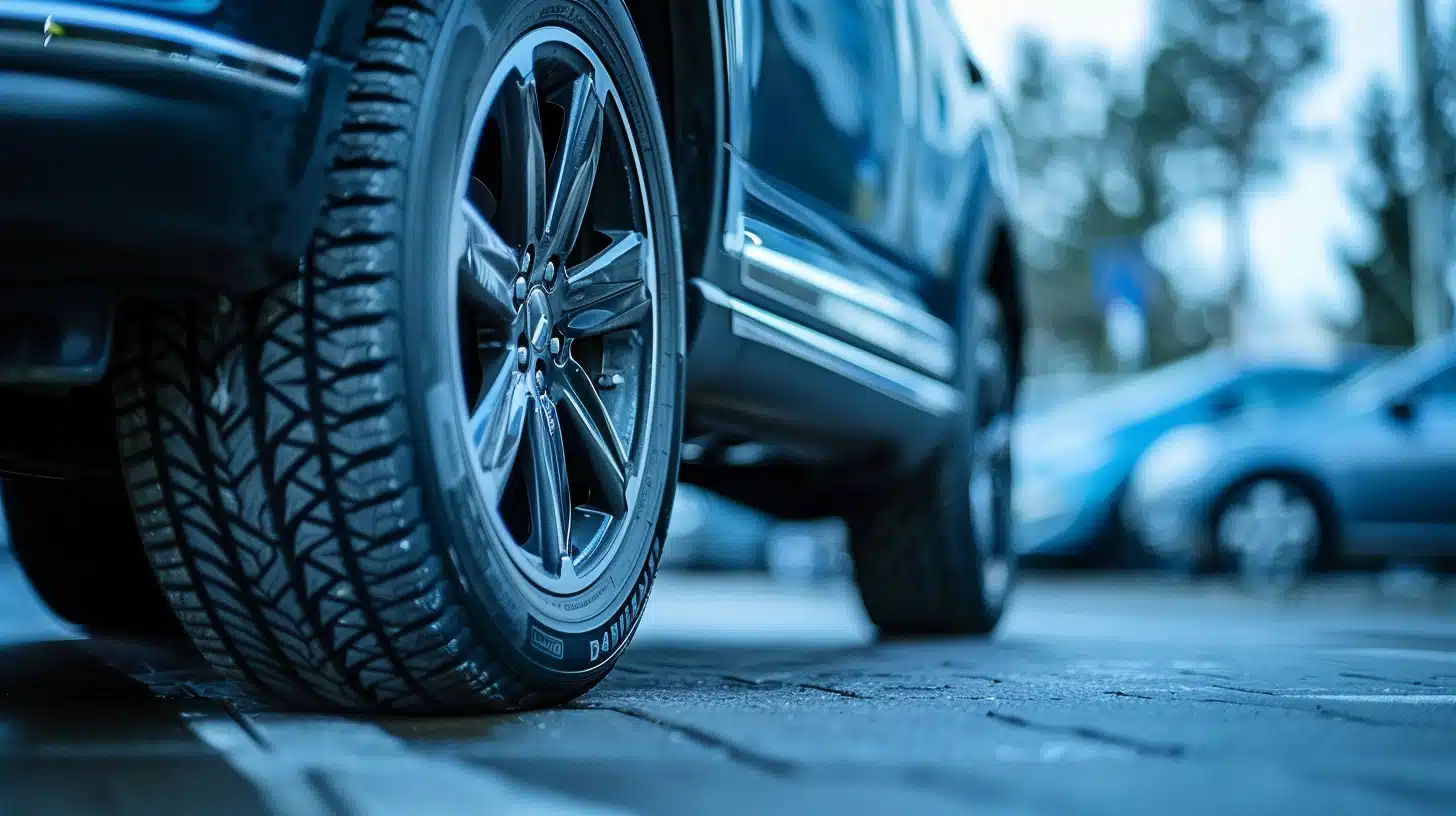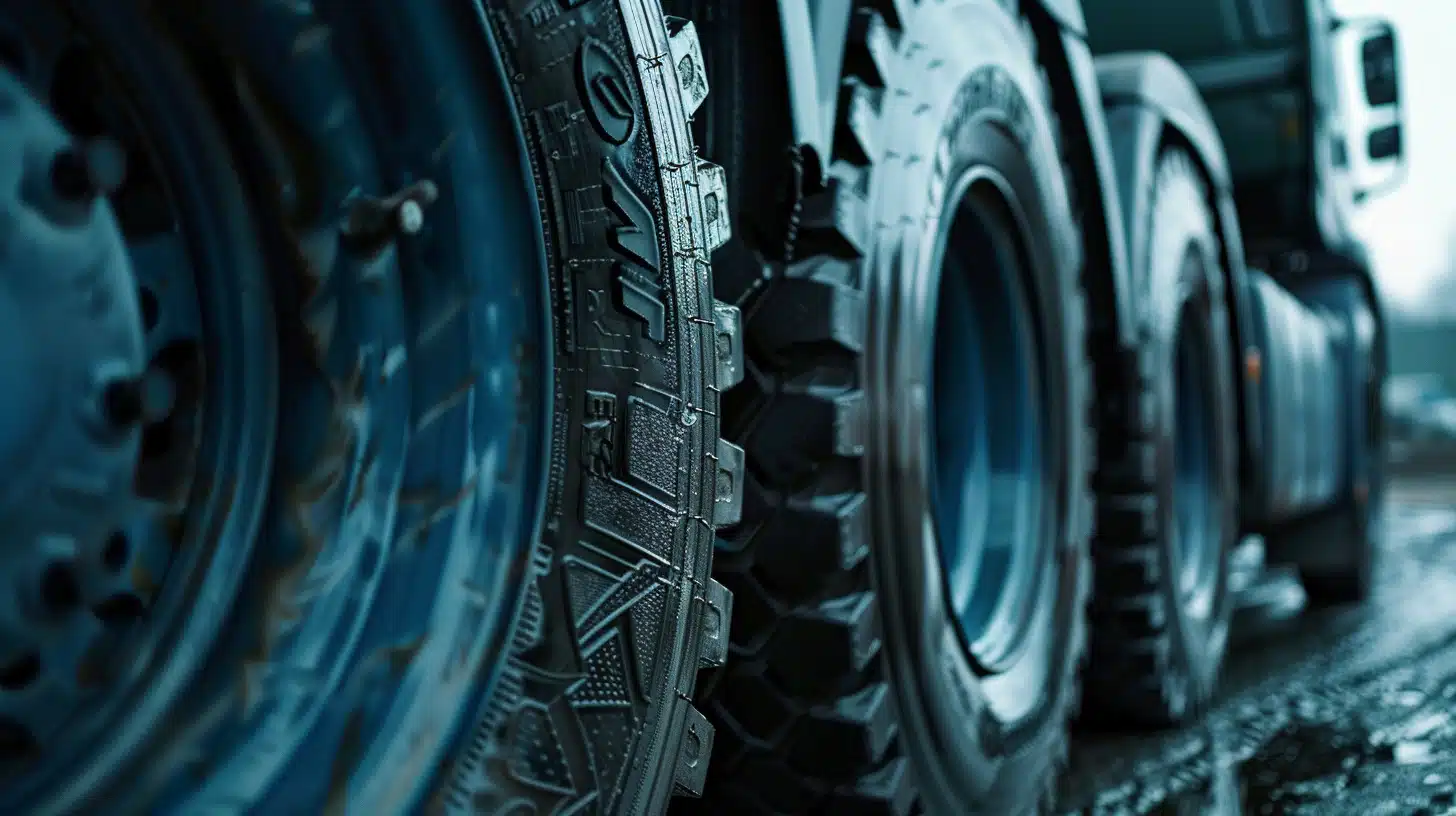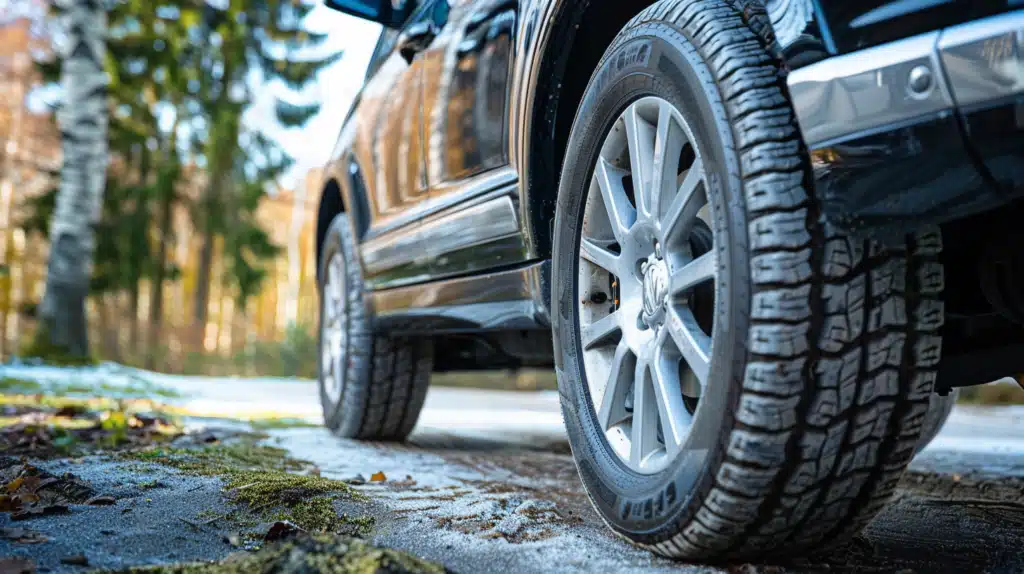Have you ever noticed the letters “XL” on your car tires and wondered what they mean? You’re not alone.
Many drivers are unaware of the significance of this marking and how it affects their vehicle’s performance.
In this article, we’ll explain the meaning behind “XL” tires and why they are important for certain vehicles.
We’ll discuss how XL tires differ from standard tires, which vehicles require them, and the benefits they offer in terms of load capacity and durability.
By the end of this post, you’ll have a clear understanding of XL tires and be able to make an informed decision when selecting tires for your vehicle.
Benefits of XL Tires in Enhancing Vehicle Performance
XL tires offer several advantages that can significantly enhance vehicle performance.
One of the primary benefits is their increased load capacity, which allows vehicles to carry heavier weights without sacrificing safety or performance.
The reinforced structure of XL tires, including stronger sidewalls and enhanced tread durability, contributes to better handling and longevity, making them a reliable choice for demanding driving situations.
Applications of XL Tires Across Different Vehicle Types
SUVs and Crossovers

XL tires are ideal for SUVs and crossovers, which often carry heavier loads or are used in family travel.
The extra load capacity provided by XL tires ensures safety and stability, giving drivers peace of mind when transporting passengers or cargo.
Trucks and Heavy-Duty Vehicles

XL tires are a necessity for trucks and heavy-duty vehicles, especially those used in construction, farming, or other industries where carrying heavy loads is routine.
These tires are designed to withstand the rigors of heavy-duty use, providing the strength and durability needed to handle challenging work environments.
Commercial Vehicles and Trailers

In commercial settings, vehicles like delivery vans, buses, and trailers must reliably transport heavy goods or passengers.
XL tires are commonly used in these applications to ensure safe and efficient operation, even when carrying substantial loads over long distances.
Understanding Technical Specifications of XL Tires
It’s important to examine the differences in design and construction between standard and XL tires to understand their enhanced performance and safety.
These technical specifications are crucial for vehicles carrying heavier loads, as they ensure the tires can handle the increased stress and demand.
Reinforced Sidewalls and Robust Construction
One key feature of XL tires is their reinforced sidewalls. These sidewalls are engineered using high-tensile steel belts or advanced rubber compounds that contribute to the tire’s overall strength and durability.
The robust construction of XL tires also includes enhanced bead and shoulder areas, which help maintain tire integrity under extra load, reducing the risk of tire failure or damage.
Increased Load-Carrying Capacity
The reinforced sidewalls and robust construction of XL tires enable them to support greater weight than standard tires.
This increased load-carrying capacity is quantified by load index ratings, which are numerical codes indicating the maximum weight a tire can support when properly inflated.
XL tires typically have higher load index ratings compared to their standard counterparts, reflecting their ability to handle heavier loads safely.
Identification and Markings
Manufacturers include specific sidewall markings to easily identify XL tires.
These markings usually include the letters “XL” or the phrase “Extra Load,” indicating that the tire is designed for increased load capacity.
When selecting XL tires, it’s essential to pay attention to these markings and the additional information provided, such as tire size, load capacity, and recommended tire pressure, to ensure proper tire selection and maintenance.
Unveiling the Benefits of Using XL Tires
XL tires are a crucial upgrade for vehicles that regularly handle heavier than normal loads.
These tires offer benefits that extend beyond mere load support, enhancing both safety and performance.
1. Enhanced Load-Carrying Capacity
One of the primary benefits of XL tires is their ability to handle heavier loads compared to standard tires.
This increased load capacity is achieved through specialized engineering, including the use of stronger materials and optimized tire design.
By distributing weight more effectively and providing a stable foundation, XL tires enable vehicles to transport heavier cargo or accommodate more passengers without compromising performance.
2. Improved Durability and Performance Under Stress
XL tires are constructed to withstand the added stress of extra weight, resulting in longer tire life and less frequent replacements.
The enhanced durability is attributed to specific design features, such as thicker sidewalls and deeper tread patterns.
These elements work together to minimize wear and tear, even under demanding conditions, ensuring that XL tires can handle the rigors of heavy-duty use without sacrificing performance.
3. Safety Benefits
In addition to their load-carrying capacity and durability, XL tires offer critical safety advantages:
- Better Handling: The robust construction of XL tires improves vehicle stability and control, particularly when carrying heavy loads. The reinforced sidewalls and optimized tread patterns help maintain proper tire shape and contact with the road, enhancing handling and maneuverability in various driving conditions.
- Reduced Risk of Blowouts: The reinforced design of XL tires significantly lowers the risk of tire failure, such as blowouts, which can be especially dangerous during high-speed travel or in adverse weather conditions. The stronger materials and construction of XL tires provide an added layer of protection, giving drivers peace of mind when transporting heavy loads or navigating challenging routes.
Factors to Consider Before Choosing XL Tires
1. Vehicle Load Requirements
Understanding your vehicle’s load capacity is essential when choosing tires.
XL tires are designed to meet higher load demands, making them suitable for vehicles that regularly carry heavy cargo or passengers.
However, it’s important not to exceed the vehicle’s load capacity, even with XL tires, as this can lead to performance issues and safety concerns.
2. Driving Conditions
Consider the typical driving conditions your vehicle encounters.
XL tires are engineered to perform reliably under extra stress, making them ideal for vehicles that frequently travel off-road, in urban environments with potholes and curbs, or in varied weather conditions.
Matching your tires to your driving conditions ensures optimal performance and longevity.
3. Typical Cargo Weight
If your vehicle is used for construction, delivery services, or regularly tows trailers, it’s crucial to consider the typical weight of the cargo it carries.
XL tires are designed to handle these demanding situations, providing the necessary support and stability for heavy loads.
How to Determine if XL Tires Are Right for Your Vehicle
Manufacturer’s Recommendations
Always consult your vehicle’s owner’s manual or the manufacturer’s website to understand the recommended tire specifications for your specific make and model.
These recommendations are based on extensive testing and ensure optimal performance and safety.
Understanding Tire Specifications
When choosing XL tires, it’s essential to understand tire specifications like size, load index, and speed rating:
Tire Size
Tire size affects vehicle dynamics, including handling, ride comfort, and speedometer accuracy.
When selecting XL tires, ensure that the size is compatible with your vehicle and that any necessary adjustments, such as recalibrating the speedometer, are made.
Load Index
The load index indicates the maximum weight a tire can support when properly inflated. XL tires typically have higher load indexes to accommodate heavier loads.
Choosing a tire with the correct load index is crucial for handling your vehicle’s maximum load capacity safely.
Speed Rating
Tires’ speed ratings indicate the maximum speed at which they can safely operate.
When selecting XL tires, ensure that the speed rating matches or exceeds your vehicle’s top speed, especially when carrying a full load, to ensure safe performance.
Comparison Of XL Tires with Other Tire Types
| Tire Type | Primary Feature | Best For | Key Differences |
|---|---|---|---|
| XL Tires | Enhanced load capacity | SUVs, crossovers, light trucks needing extra load capacity | Designed for extra load without specific features for punctures or specialized vehicle types |
| Runflat Tires | Maintain functionality after a puncture | Vehicles that need to continue operation after a tire failure | Not designed for extra load; focus on puncture operation |
| Light Truck (LT) Tires | Durable, higher load capacity for light commercial use | Light commercial vehicles, small trucks | Similar load capacity but tailored for commercial vehicle specifics; not as versatile as XL |
| Commercial (C) Tires | High endurance for heavy loads | Heavy-duty commercial vehicles like large trucks and buses | More focused on enduring long operations and heavier loads than XL tires |
| Camping (CP) Tires | Stability and load handling for recreational vehicles | Campers, RVs | Optimized for recreational vehicle stability, not as suitable for everyday varied use as XL |
Recommended Practices for Maintaining XL Tires
1. Regular Pressure Checks
Regularly checking your tire pressure is essential to ensure it aligns with the manufacturer’s recommendations.
Improper tire pressure can lead to uneven wear, reduced fuel efficiency, and an increased risk of tire failure.
Maintain the correct pressure for your XL tires to optimize their performance and longevity.
2. Routine Rotations
Rotating your tires regularly promotes even wear and extends their lifespan.
A recommended schedule is every 5,000 to 8,000 miles, or as specified by the tire manufacturer.
Regular rotations ensure that your XL tires wear evenly, maintaining their performance and safety characteristics.
3. Alignment Checks
Periodic alignment checks are necessary to ensure that your tires are properly aligned.
Misalignment can cause irregular tire wear and affect your vehicle’s handling.
If you notice uneven wear or pulling to one side while driving, have your alignment checked by a professional.
4. Visual Inspections for Damage
Frequently inspect your XL tires visually for signs of damage, such as cuts, punctures, bulges, or excessive wear.
Ignoring such damage can compromise your vehicle’s safety and lead to tire failure.
If you spot any issues, have them addressed by a tire professional immediately.
Conclusion
In conclusion, understanding the meaning and significance of XL tires is crucial for ensuring your vehicle’s safety, performance, and longevity.
By recognizing the benefits of these reinforced tires, such as increased load capacity and durability, you can make an informed decision when selecting the right tires for your specific needs.
Remember to consider factors like your vehicle’s load requirements, typical driving conditions, and cargo weight when determining if XL tires are the best choice for you.
Proper maintenance, including regular pressure checks, rotations, and inspections, is essential to keep your XL tires performing optimally and safely.
By investing in the right tires and taking care of them, you can enjoy a smoother, safer, and more reliable driving experience.
Ready to upgrade your vehicle’s tires? Consult with a trusted tire professional today.


